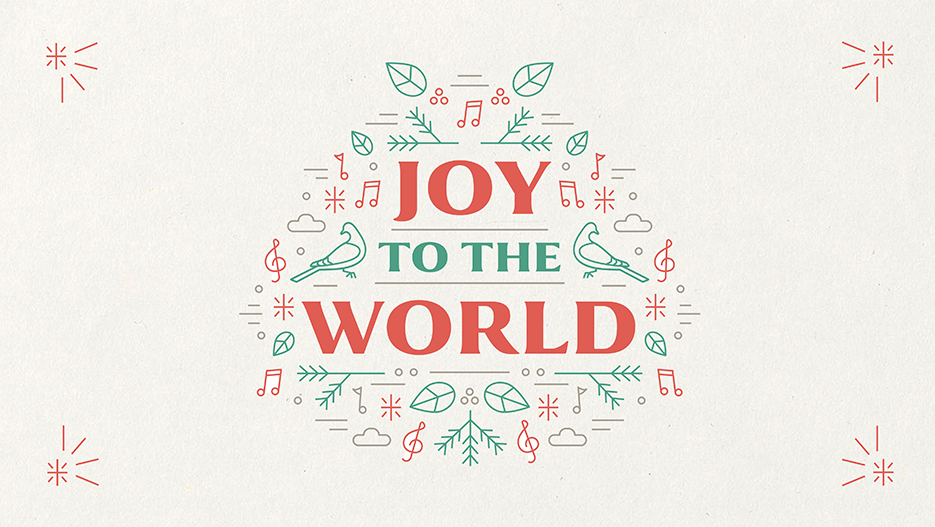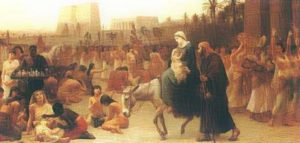
In the Middle Ages it was customary during the Christmas season for marginalized groups such as old women, unmarried women, students, or children to be given license to go questing. These begging visits saw groups go door-to-door and demand food or money. In the sixteenth century Barnabe Googe wrote disapprovingly in rhyme of the custom:
Three weekes before the day whereon was born the Lorde of Grace,
And on the Thursday Boyes and Girles do runne in every place,
And bounce and beate on every doore, with blowes and lustie snaps,
And crie, the advent of the Lorde not borne as yet perhaps,
And wishing to the neighbours all, that in the houses dwell,
A happie yeare, and every thing to spring and prosper well:
Here have they peares, and plumbs, and pence, each man gives willinglee …
Sometimes the young carried branches or mistletoes, reminiscent of the strenae twigs of the Roman Kalends (which is why to this day the French call New Year’s gifts étrennes). It was considered good luck to give to questers, especially as their demands were often backed up by threats: “May God plague you with diarrhea until next Christmas!” “May God send you rats with neither cat nor dog to catch them nor stick to kill them!” On the Greek island of Chios the householder who skimped on Christmas treats would be wished cloven feet and on the Scottish island of South Uist this chilling malediction was laid on the tight-fisted:
The curse of God and the New Year be on you
And the scath [harm] of the plaintive buzzard,
Of the hen-harrier, of the raven, of the eagle,
And the scath of the sneaking fox.
The scath of the dog and cat be on you,
Of the boar, of the badger and of the ghoul,
Of the hipped bear and of the wild wolf,
And the scath of the foul polecat.
It should not be surprising that most houses gave what they could, providing the treat lest the trick fall on them.









